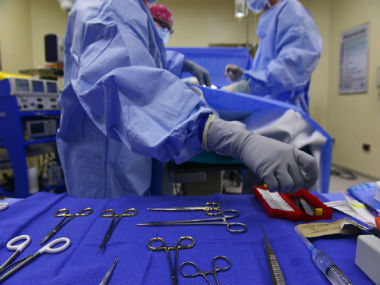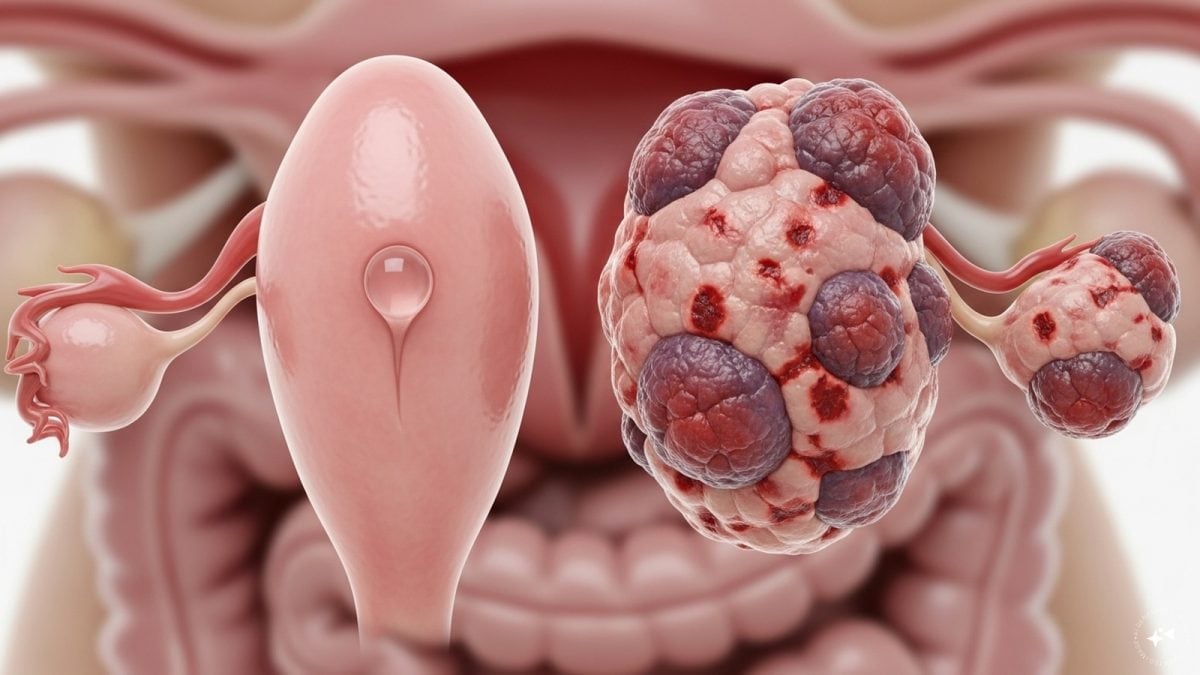Researchers associated with the National Health Institutes (NIH), U.S., have devised a way to super-cool human livers, effectively increasing the shelf-life of donor organs threefold to 27 hours. Currently, donor livers can be “stored” for about 9 hours at 4°C - about the same temperature as the inside of your refrigerator. “Delivering viable organs to matching recipients within the window of viability can often be the most challenging aspect of organ transplantation," explained Seila Selimovic, director of the Engineered Tissues programme at the National Institute of Biomedical Imaging and Bioengineering, U.S., one of the NIH research facilities behind this super-cooling solution, in an NIH news release. “By giving doctors and patients more time, this research could someday affect thousands of patients who are waiting for liver transplants,” she added. [caption id=“attachment_7322901” align=“alignleft” width=“380”]  Representational image. Image by skeeze from Pixabay[/caption] The research Currently, once a human liver is extracted from a living or dead donor, it can only be preserved for up to 9 hours as freezing the organ is not feasible. This is because freezing leads to the formation of ice crystals which irreparably damages the liver cells, making the organ unviable. The new method developed by the NIH uses a super-cooling solution to take the donor liver to a sub-zero temperature — -6°C — at the same time preventing the formation of ice crystals. Super-cooling refers to a process of freezing a liquid to sub-zero temperatures without turning it into a solid. The researchers at NIH-affiliated NIBIB and the National Institute of Diabetes and Digestive and Kidney Diseases (NIDDK) published their findings on 9 September, in the peer-reviewed journal Nature Biotechnology. The beginning The current research builds on a previous NIH-funded study in which Martin Yarmush, director of the Center for Engineering in Medicine, was able to increase the shelf-life of rat livers by using compounds like 3-OMG and PEG-35kD to super-cool the liver cells while still protecting them from the effects of cold. At the time, though, the researchers could not replicate the result in human livers. Reinier J. de Vries, a research fellow at the MGH and Harvard Medical School, Boston, and one of the team members for the new research, said in an NIH press release: “With supercooling, as the volume increases, it becomes exponentially more difficult to prevent ice formation at sub-zero temperatures.” How it works The team noted that air exposure could be a key reason for the formation of ice crystals in preserved organs. To eliminate this problem, they poured the cooling solution in an air-free environment. As an extra step, they added two new compounds to the solution that Yarmush’s team used for rat livers. These were two sugars: glycerol and trehalose. While glycerol enhanced the protective properties of 3-OMG, trehalose protected the cell membranes - the outer covering of cells from the damaging effects of cold. However, this increased the viscosity of the solution. The thicker the solution, the harder it is to spread it evenly throughout the organ and prevent ice crystal formation. Now, the next question was how to put the solution into the liver without damaging the organ. For this, the research team used a method called machine perfusion. Machine perfusion uses specialised equipment to introduce liquids or solutions directly into the capillaries of the organs - medical practitioners use it to supply oxygen and nutrition to the harvested organ while it is outside the body. This technique allowed the liver cells to adjust to the change in temperature while allowing the preservative solution to spread evenly through the organ. The team at the NIH had three human livers to work with - though recently harvested, the livers were found to be unviable for various reasons. They super-cooled the livers and then brought them back to body temperature at which time the livers started producing bile - an important proof that the method worked. Of course, the process has yet to be used in an actual liver transplant. But if it works, it may open the doors for similar procedures for preserving other organs like the heart. Health articles in Firstpost are written by myUpchar.com, India’s first and biggest resource for verified medical information. At myUpchar, researchers and journalists work with doctors to bring you information on all things health. To know more on this topic, please visit Liver Transplant Surgery
Researchers have devised a way to super-cool human livers, effectively increasing the shelf-life of donor organs threefold to 27 hours.
Advertisement
End of Article


)

)
)
)
)
)
)
)
)



